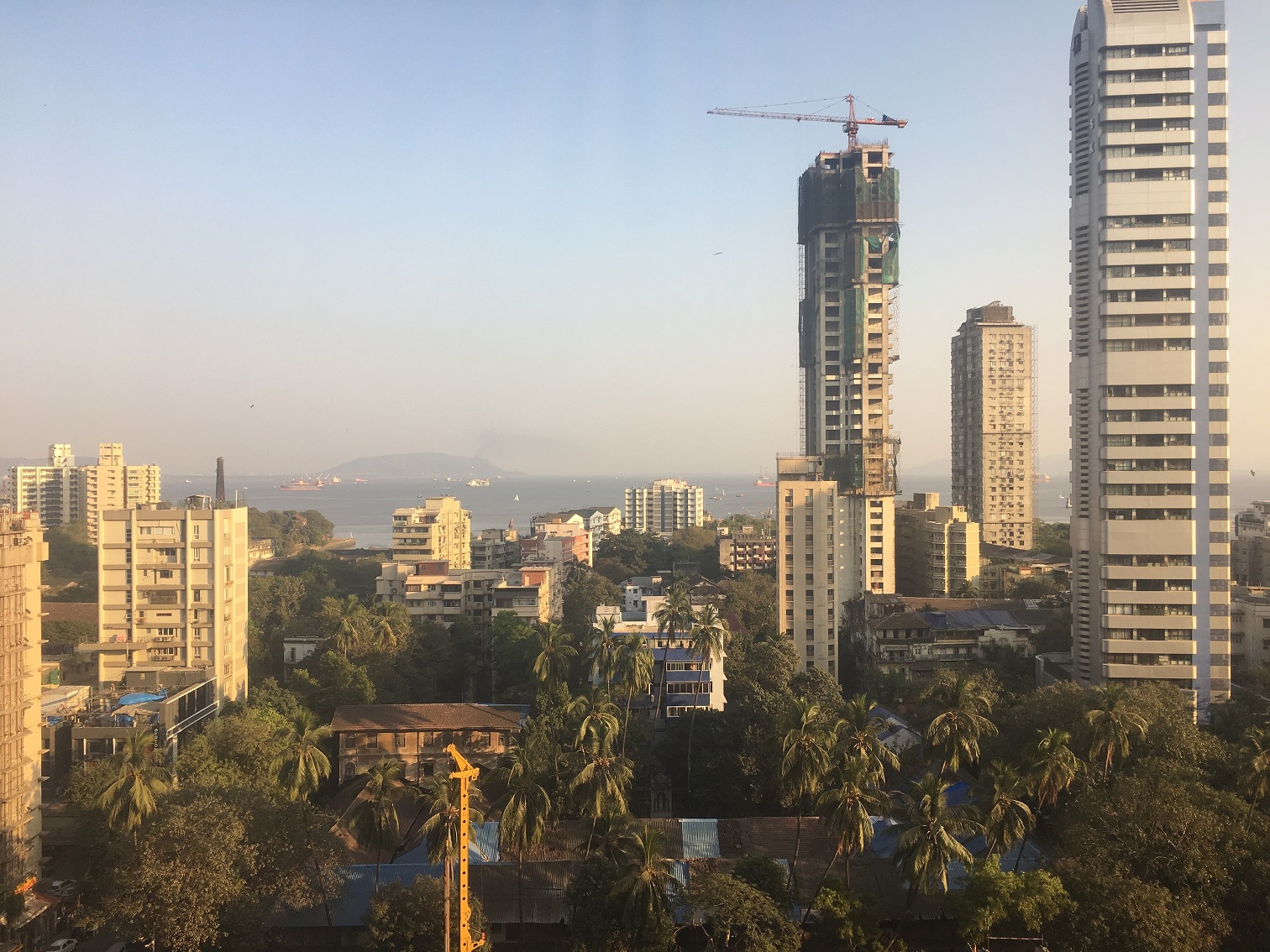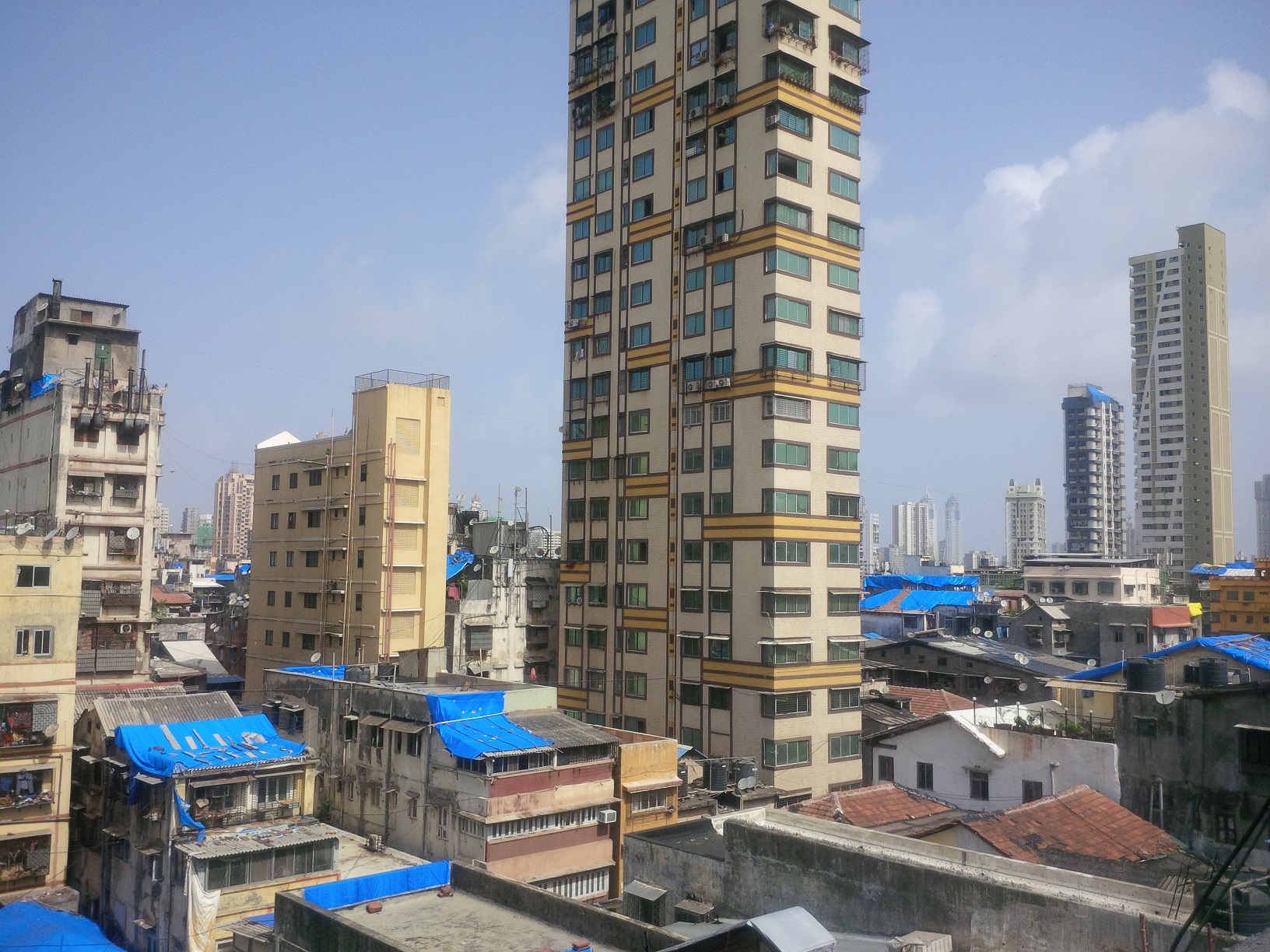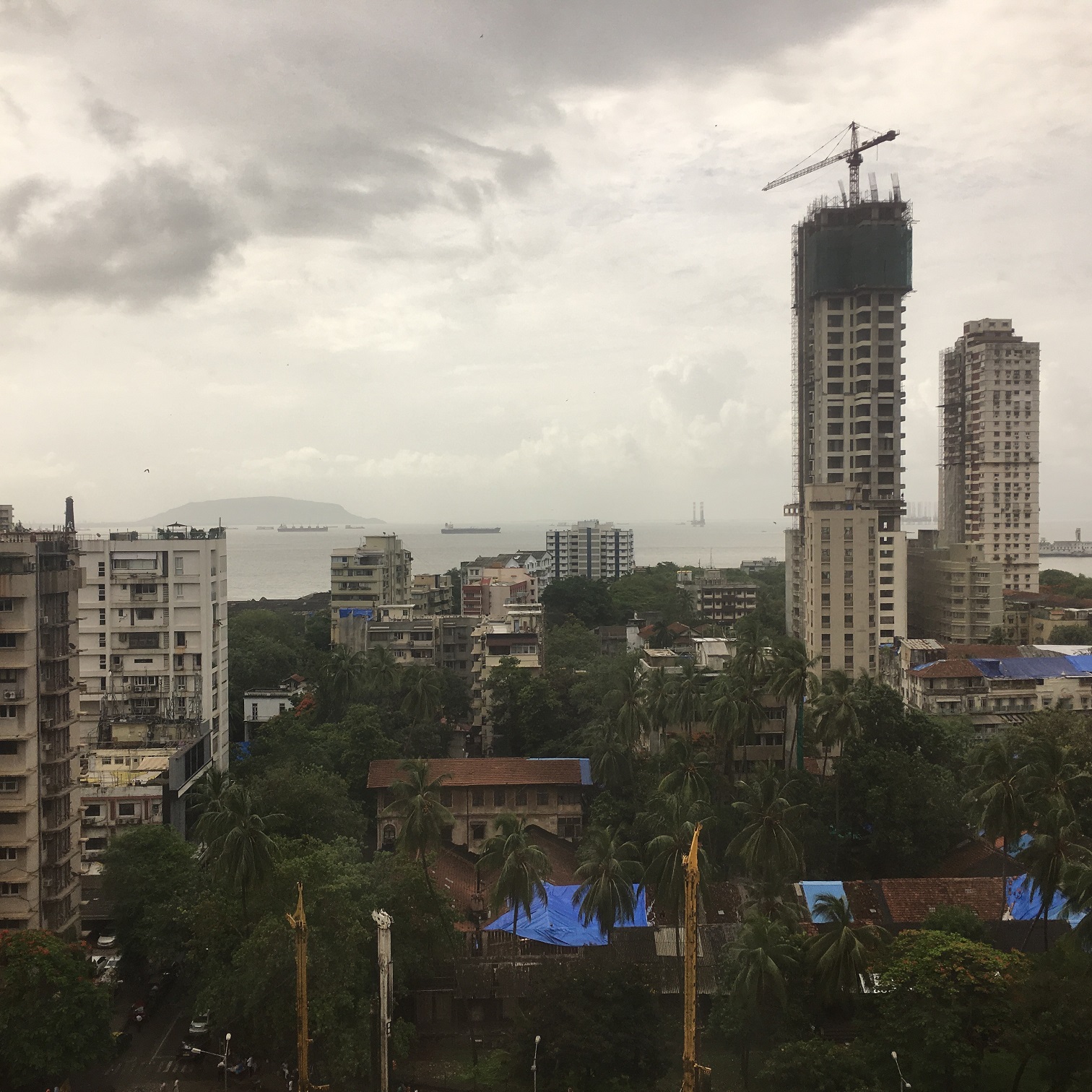The Financialisation of Floor Space, Mumbai 1880–2015
Blog post by Sukriti Issar
- Created
- 15 Mar 2022, 1:02 p.m.
- Author
- Sukriti Issar
- DOI
- 10.1177/00420980221076745
Abstract: https://journals.sagepub.com/doi/full/10.1177/00420980221076745#abstract

Why do some cities have skyscrapers while others don’t? Who decides?
During my first fieldwork trip to Mumbai in 2006, I interviewed a number of policy experts in urban governance and nearly everyone spoke about floor space index (FSI) and transferable development rights (TDR). While FSI refers to the volume of a building (the policy is related to building heights), TDR refers to the ability of developers to transfer any unused volume to another site or to sell this unused volume to other developers. While urban political economy has long stressed the importance of land markets, in cities where building up is common or necessary, the ‘political economy of land is linked to the political economy of floor space’ (Issar 2022).
The policy instruments of FSI and TDR occupy a central place in the Mumbai urban policy landscape, used as incentives for slum redevelopment, and the building of diverse public infrastructure. The instruments are also hotly debated, and criticised as being overused by a cash-strapped state government. The joke in planning circles was that soon the government would pay civil servants in incentive FSI or development rights. A serendipitous moment in my research was when I found a file from 1963 in the MMRDA planning library. This file outlined the deliberations in the local state over how to formulate building height policy, and I realised that the instrument had a long history that might be traceable in the state archives and other sources. I could eventually trace building heights regulation at least to 1782. In previous work I analysed the development of building height policy (the earlier avatar of FSI) in the late nineteenth century through the lens of governmentality and the public sphere.
The paper published online in Urban Studies, shows how building heights were transformed from a standard (heights in terms of meters) to an incentive-based market instrument. It also demonstrates that this policy instrument is inherently political. While this might seem like an unsurprising conclusion, it is often forgotten when experts offer technical solutions to deregulating building height regulations (to allow for higher, denser buildings) without considering the politics involved and the role played by diverse constituencies.

In cities around the world, incentive urban policies are used to build affordable housing and other public infrastructure. This refers to a diversity of policy and planning instruments including incentive zoning, density bonuses, TDR, and tax credits. What these instruments have in common is that they are exemptions, variances or concessions to what might well be restrictive planning policies on paper. For example, while Mumbai’s FSI levels are indeed low on paper, the policy is actually a ‘hybrid’ instrument. It is always combined with various incentives and exemptions as my paper shows. The more a city uses such hybrid instruments, the more its built environment will diverge from the textual policies. Urban policy then becomes embedded in wider networks of policy related to financing, taxation, TDR markets and so on. Through these exemption and incentive-based instruments, new constituencies are created or as I say in the paper ‘hybrid instruments create multiple constituencies’. When the government wants to change FSI levels, the constituency of TDR holders will object as TDR market will lose value. The municipality might object as it will lose revenue because keeping FSI low allows it to earn revenue by selling bonus FSI.
The lesson for policy-makers and other urban experts is that policy change is political, and for a hybrid instrument such as this one we must pay attention to policy legacies and diverse constituencies.
Read the accompanying article on Urban Studies OnlineFirst here.



Comments
You need to be logged in to make a comment. Please Login or Register
There are no comments on this resource.